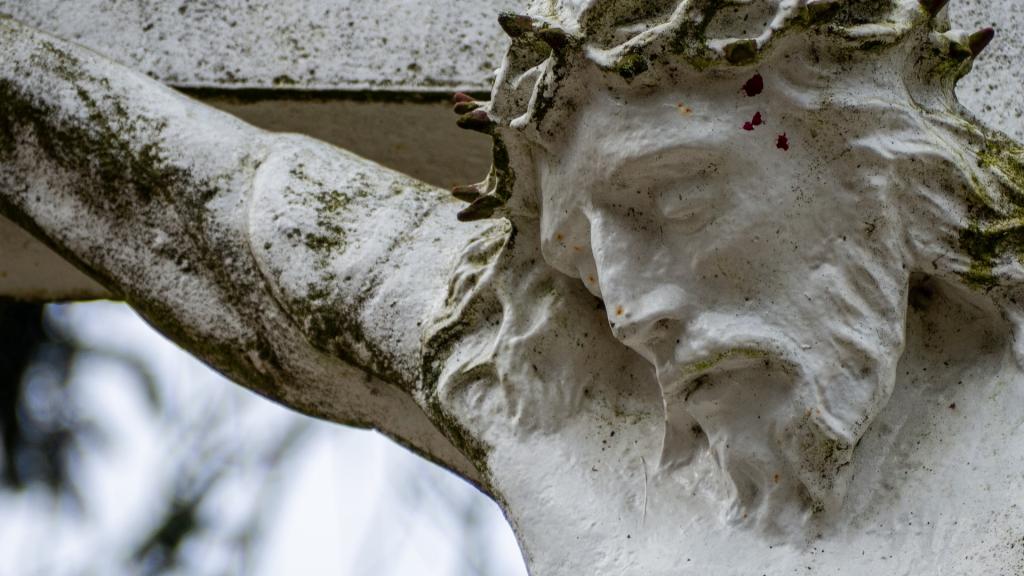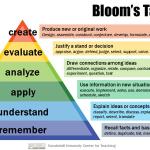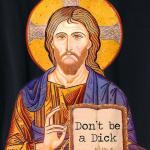Some weeks ago I began yet another painting project at home, the third room so far. I have a piece of advice to share with you: Never say “never.” I’ve said, “Never,” to painting two or three times, to no effect.
Anyway, I find painting exceedingly boring, so I usually troll through old movies that are dialogue heavy. They are distracting and I can follow them, without actually watching the TV screen.
One of my more recent weekend choices was “Paper Chase.” It’s the story of a new law student named Hart and his struggle to clear the hurdles associated with what is called 1L and, in particular, his struggles with the imperious Professor Kingsfield, his contracts professor.
The movie is filled with tidbits that reflect Kingsfield’s approach to the classroom, which – although described as Socratic – could also be described as “assault with the intent to teach.” Kingsfield tells the new class of incoming students: “You come in here with skulls filled with mush and, if you survive, you will go out thinking like lawyers.” He tells another student, “Here’s twenty-five cents. Go call your mother and tell her that you’re not going to be a lawyer.”
Basically, the message is that life as a “1L” is life on a knife’s edge or on a precipice. It’s dint of effort. Gut it out. A “see if you can make it, kid” kind of world.
Sadly, in my experience, a lot of us come to Maundy Thursday in much the same frame of mind. Jesus sets the table, serves the bread and beverages, outs the traitor, challenges Peter (his over-achiever from the front row in the classroom), washes everyone’s feet, announces that he won’t be here much longer, and then reminds them to love one another.
“See if you can make it, kids.”
And in trying to figure out what this night is supposed to be all about, the name of the celebration doesn’t help much either. What is a “Maundy” anyway?
Some scholars think it comes from the phrase “Maundy purses” and refers to the bags of alms which the King of England handy out on this day in the Christian calendar before going to Mass. On that reading, “Maundy” is from the Latin, mendicare, meaning “to beg.”
More scholars believe that the word “Maundy” derives ultimately from the Latin, mandatum, or “command,” and refers to Jesus’s command that we love one another. Were it not for getting the word through Middle English, then, which adds the “u” to Maundy, we would be celebrating “Mandy” Thursday and that would be really confusing. But as it is, the emphasis on “mandate” or “command” takes us right back into our worst fears about this day: “Here are my orders, kids, see if you can make it.”
But it turns out that there has never been a universal name for this day in the Christian calendar and I think the spiritually most helpful one comes from the ancient Syriac Church which – early in Christian history — referred to this day as “The Thursday of Holy Mysteries.”
That name, unlike the more obscure name that we typically use, puts the emphasis where it belongs and gets to the heart of why we celebrate this day. You see, Jesus isn’t setting up demands: “You come in here with souls filled with mush, and — if you survive – you will go out acting like disciples.” And he isn’t waiting to watch us fail: “Here’s a quarter, go call your mother and tell her you’re not going to be a child of God.”
What the Syriac Church understood is that this is the day on which Jesus enacts the giving of his body and blood, washes our feet as a sign of our part in his life, and – on the strength of his work on our behalf – makes loving one another possible. The message, then, is not that we are on our own, but that Jesus has made our participation in the life of God possible.
So, what difference does that make?
One, to see this day as the Thursday of Holy Mysteries is to be invited to lay down our anxiety about making it, about being good enough, or about loving well enough. We aren’t on our own. God is with us.
Two, to see this day as the Thursday of Holy Mysteries is to be reminded that the possibility of participating in the life of God is already a reality. We don’t make ourselves children of God. Jesus makes us the children of God in his body and blood.
Three, to see this day as the Thursday of Holy Mysteries is to be embraced something larger than ourselves. When we eat his body and drink his blood — when we wash feet — when we find concrete, surprising, and extravagant ways of loving one another, we do those things in deep connection with work of God.
Invited, reminded, embraced?
Yes — because the phrase “Holy Mysteries” always refers to the work of God, to wonders made possible by God alone, and we aren’t on our own, kids.














